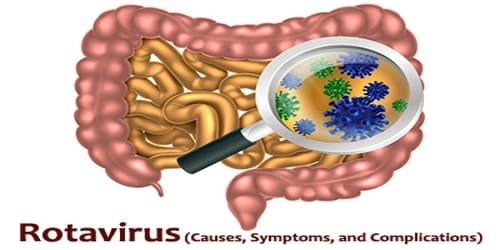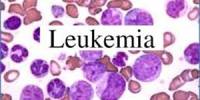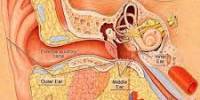Cytopathology is a branch of pathology that studies diseases at the cellular level. It entails the examination of individual cells, which are frequently collected using various methods such as fine needle aspiration (FNA), Pap smears, and other cytological techniques. The goal of cytopathology is to diagnose diseases by analyzing the morphology of cells and identifying any abnormalities or changes that may indicate the presence of a pathological condition.
George Nicolas Papanicolaou founded the discipline in 1928. In contrast to histopathology, which studies whole tissues, cytopathology is typically used on samples of free cells or tissue fragments. Cytopathology is also known as “cytology,” which means “the study of cells.”
Here are some key aspects of cytopathology:
- Sample Collection: The first step in cytopathology is to collect a cell sample from the affected tissue or organ. This can be accomplished through minimally invasive procedures such as FNA, in which cells are extracted for examination using a thin needle.
- Slide Preparation: After collecting the sample, it is prepared on slides for microscopic examination. Cells are frequently stained to improve visibility and highlight specific cellular structures.
- Microscopic Examination: The prepared slides are then examined under a microscope by a pathologist. They examine the cells’ size, shape, and characteristics for abnormalities or signs of disease.
- Diagnosis: Based on the microscopic findings, the pathologist can make a diagnosis. Cytopathology is commonly used to diagnose conditions such as cancer, infections, inflammatory disorders, and precancerous lesions.
- Pap Smears: One of the well-known applications of cytopathology is in the screening for cervical cancer through Pap smears. This involves collecting cells from the cervix and examining them for any signs of abnormalities.
Applications
Cytopathology is commonly used to investigate diseases involving a wide range of body sites, most commonly to aid in the diagnosis of cancer, but it can also be used to aid in the diagnosis of some infectious diseases and other inflammatory conditions. For example, the Pap smear, a screening tool used to detect precancerous cervical lesions that may lead to cervical cancer, is a common application of cytopathology.
Cytopathology is important in the early detection, diagnosis, and monitoring of many diseases, particularly cancer. It provides valuable information that aids in treatment decisions and determining a patient’s prognosis.
















